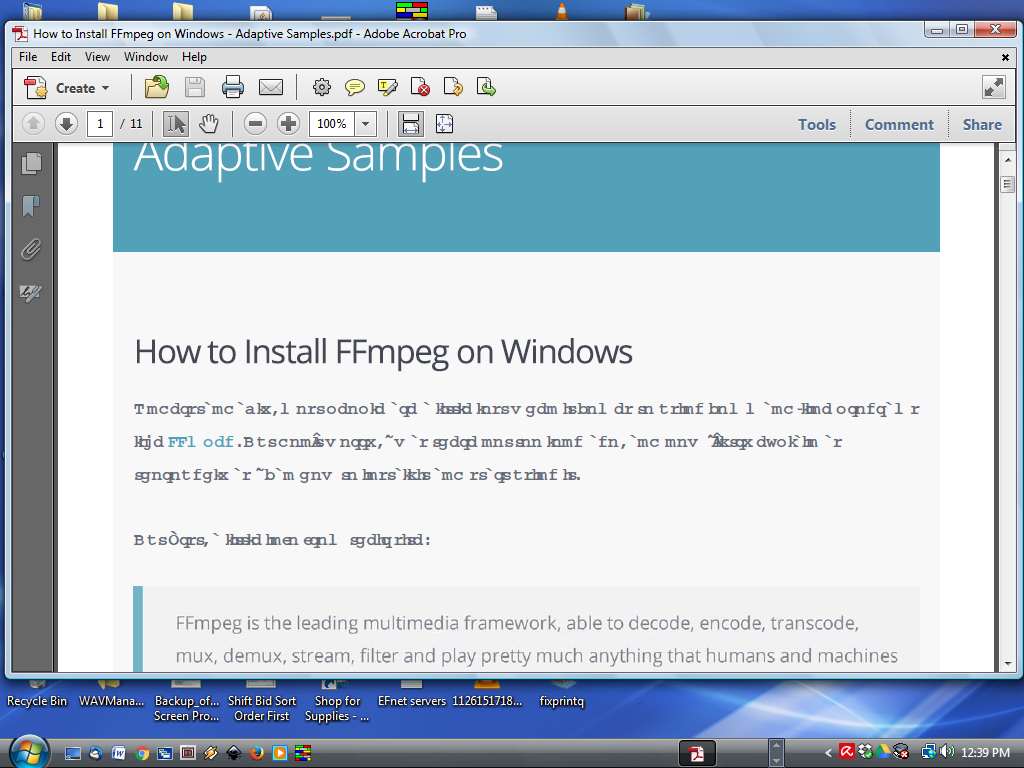

Hover over the Windows logo in the bottom left of the screen.We want this so we can easily use ffmpeg from the command-line. This allows you to run programs from any directory without having to type the full path to the program. The PATH environment variable is a list of directories that Windows will look in for executable files (EXE, DLL, BAT).

To install FFmpeg on Windows is very easy, it’s just different than the usual install process.Īll we have to do is download the FFmpeg software which is bundled in an archive, place it somewhere we’d keep software/utilities, such as in the C: drive, and add its location to the PATH environment variable.

Like FFMpeg, Handbrake is a free, open-source video file converter. You can also use it to find out current configurations used by FFmpeg. Supports Multiple CodecsįFMpeg currently supports over 30 different codecs and can deliver hundreds of distinct outputs depending on what you're trying to accomplish.įFMpeg also has a command-line interface that is very helpful for projects requiring the compression or conversion of multiple videos or audio files at once. An intra-frame codec encodes every frame into an ‘image’ separately, whereas an inter-frame codec only encodes the changes between frames. When you're converting video via FFMpeg, you can choose between two types of encoding formats: intra-frame codecs and inter-frame codecs.


 0 kommentar(er)
0 kommentar(er)
